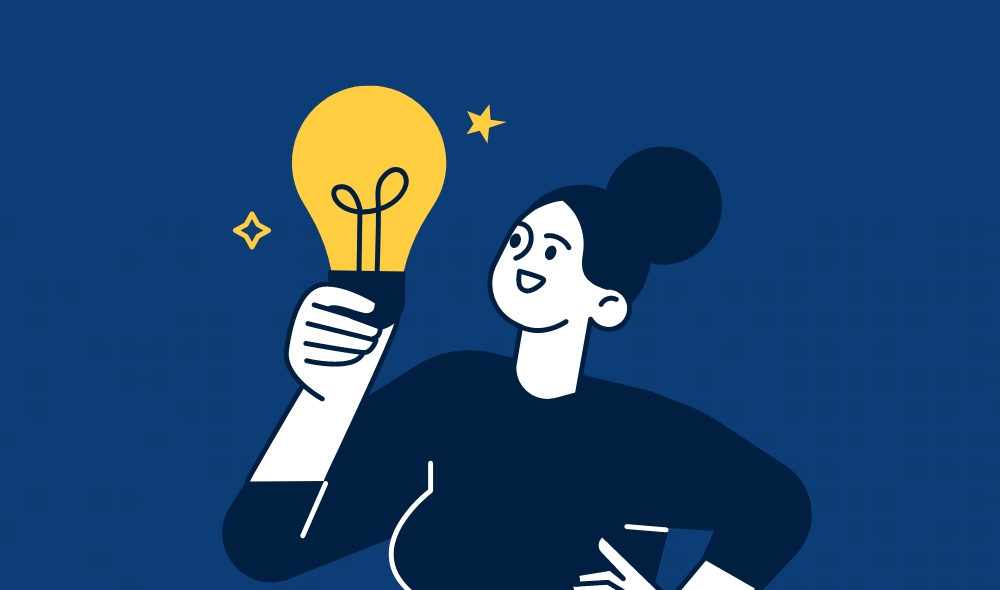Essential Skills You Will Need to Become a Web Designer
In the rapidly changing digital landscape, the role of a web designer has never been more critical—or more challenging. As businesses and individuals alike strive for a compelling online presence, the demand for skilled web designers continues to soar.
However, the journey to becoming a successful web designer is filled with obstacles, requiring a blend of technical knowledge, creative flair, and soft skills that can take years to master.
So, this article aims to simplify this journey by breaking down the essential skills needed and pave your way to becoming a proficient web designer.
What is the Role of a Web Designer?
- Designing website layouts, including the structure, visual appearance, and usability.
- Creating a user-friendly experience through effective navigation and page layout.
- Selecting colour schemes, fonts, images, and graphics to enhance the website's visual appeal.
- Ensuring the website design is responsive and optimised for different devices and screen sizes.
- Implementing brand guidelines to maintain consistency across the website.
- Working with web developers to turn designs into functional websites.
- Testing and refining the web design based on user feedback and analytics.
- Staying updated with the latest technologies and web design trends.
Design Skills
1. UI and UX Design
At the core of web design is the understanding of UI/UX principles. This skill revolves around creating interfaces that are not just visually appealing but also intuitive and easy to navigate.
It’s about ensuring a seamless and engaging experience for users, which involves thoughtful layout, interactive elements, and a user-centric approach to web design.
2. Responsive Design
In today’s digital landscape, websites must perform flawlessly across a myriad of devices, from desktops to smartphones. Responsive design is the practice of crafting websites that adapt smoothly to different screen sizes and orientations. This skill ensures that all users have a consistent experience, regardless of how they access a site.
3. Typography
Typography is the art of arranging text in a way that makes content not only readable but also visually engaging. It involves selecting appropriate fonts, setting spacing, and laying out text to enhance the overall aesthetics and readability of a website. Good typography contributes significantly to the user's experience and the site’s visual appeal.
4. Colour Theory
A fundamental element of web design, colour theory, guides designers in choosing colours that complement each other and suit the website’s tone and branding.
Understanding colour theory is crucial for creating designs that are visually harmonious and effective in conveying the desired mood or action, such as drawing attention, evoking emotions, or ensuring readability.
5. Branding and Logo Design
A basic grasp of branding and logo design principles is indispensable for web designers. This skill involves incorporating a brand’s identity into the design of a website through the use of logos, colour schemes, typography, and imagery.
The aim is to ensure that the website reflects the brand’s values and message, contributing to its overall recognition and consistency across all platforms.
Technical Skills
6. HTML/CSS
The foundation of web design lies in HTML (Hypertext Markup Language) and CSS (Cascading Style Sheets). HTML structures the content on the web, while CSS styles it, allowing for the creation of visually engaging and structured websites. Mastery of these languages is essential for turning design concepts into functional websites.
7. JavaScript
JavaScript adds an interactive element to web pages, making it possible to create a dynamic user experience. A basic understanding of JavaScript enables web designers to implement complex features like animations, form validations, and interactive maps, enhancing the functionality and interactivity of the designs they create.
8. Content Management Systems (CMS)
With many websites built on CMS platforms like WordPress, Drupal, or Joomla, familiarity with these systems is highly beneficial. They allow for the efficient management and updating of website content without the need for direct coding, making it easier for designers to implement and manage their designs in a live environment.
9. Graphic Design Software
Proficiency in graphic design software such as Adobe Photoshop, Illustrator, and Sketch is necessary for creating and editing web graphics, mockups, and assets. These tools are indispensable for crafting the visual elements of a website, from layout mockups to individual graphics and icons.
10. Web Performance Optimization
In an age where speed is crucial, understanding web performance optimization techniques is increasingly important. This includes knowledge of how to make websites load faster and perform better through methods such as image optimization, code minification, and leveraging browser caching, ensuring a smooth and quick user experience.
11. Web Server Management
While not always a requirement, having a grasp of basic web server management can be advantageous. This skill involves understanding how servers work, how to manage hosting environments, and troubleshooting common issues.
This knowledge can help ensure the reliability and stability of websites, providing a better experience for users and peace of mind for clients.
Soft Skills
12. Communication
The ability to communicate clearly and effectively is paramount in web design. Whether it's discussing ideas with clients, interpreting feedback, or collaborating with team members, strong communication skills ensure that all parties are aligned, and the final product meets or exceeds expectations.
This skill helps in articulating design choices and ensuring that project goals, timelines, and requirements are understood by everyone involved.
13. Problem-Solving
Web design often presents unique challenges, from technical issues to creative blocks. The ability to solve problems creatively and think critically is essential. A web designer must navigate these challenges efficiently, finding solutions that align with the project's objectives while maintaining design integrity and user experience.
14. Time Management
With often tight deadlines and multiple projects running simultaneously, effective time management is essential. Web designers need to prioritise tasks, set realistic deadlines, and manage their workload efficiently to ensure projects are completed on time without compromising quality.
15. Learning Agility
The field of web design is constantly evolving, with new tools, technologies, and trends emerging regularly. A successful web designer must have a willingness and ability to learn and adapt quickly. This not only keeps their skills relevant but also enables them to bring innovative ideas and approaches to their work.
16. Attention to Detail
The difference between a good design and a great design often lies in the details. A keen eye for detail ensures that web designers can create polished, error-free designs. This involves scrutinising every aspect of the layout, typography, graphics, and overall user experience to ensure the final product is of the highest quality.
Final Thoughts
In summary, becoming a web designer means mastering a mix of creative design, technical skills like HTML and CSS, and soft skills such as communication and ongoing learning. Keeping up with these essentials will guide you through the challenges and help you succeed in the ever-evolving world of web design.
Web Design vs. Web Development: What are the Key Differences
How to design and build a website – our process explained

This article is written by Jack Millard founder of Zixel. I am actually a real person and this was not written by AI or a robot. When I’m not writing blogs, I love great food, the occasional beer and motorbikes.



